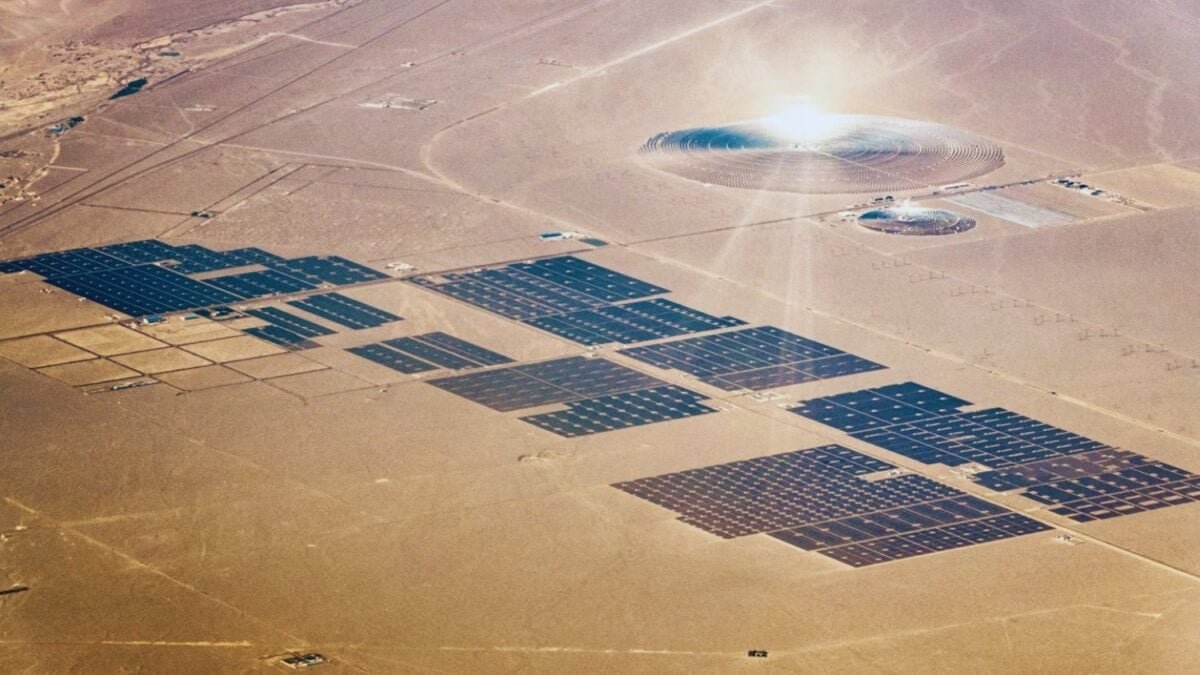China’s Strategy of Generating Electricity using Solar Panels in the Desert Resulted in the Emergence of a Surprising New Ecosystem

When the decision was made to cover kilometers and kilometers of desert with solar panels, it was done with the intention of producing clean energy on a large scale. However, nature had a surprise in store. The solar panels installed in the Talatan desert in Qinghai province in China created a microclimate that stopped erosion, retained moisture, and allowed vegetation to grow again in an environment considered dead.
An energy bet that turned into a natural experiment
China began covering the Talatan desert with one of the largest photovoltaic installations in the world, aiming to produce clean energy on a large scale. The shade of the photovoltaic modules reduced evaporation, slowed erosion caused by the wind, and transformed the soil into a less hostile place. In other words, the solar panels not only sought to power cities but also gave life to the desert.
Solar ecosystems: the science behind the phenomenon
Under the solar panels of the Gonghe park in China, the soil showed fertility almost twice as high as in exposed areas. The microclimate created by the panels resulted in more retained moisture, fewer heat strokes, and a more stable environment for plant species to sprout. Tests using a method called showed significant differences in soil quality between covered and uncovered areas, with the covered soil reaching a score of 0.45 (good) compared to 0.24 (poor) in uncovered areas.
Clean and fertile energy
The paradox of the project to combat climate change with solar panels in the desert was that it ended up generating a positive impact on the ecosystem. The panels not only generate electricity but also provide shelter for plants that could not survive in such harsh conditions before. This model could potentially be replicated in other arid areas of the planet, offering a dual benefit of renewable energy production and environmental recovery.
A global model?
France is already experimenting with similar projects called “solar fruits,” where crops grow under photovoltaic structures. China’s desert transformation into a mosaic of panels shows that the energy transition can have broader effects than expected. The once arid desert in China has become a living laboratory, demonstrating that the fight against climate change can bring surprises by not only saving energy but also creating life in seemingly impossible environments.




